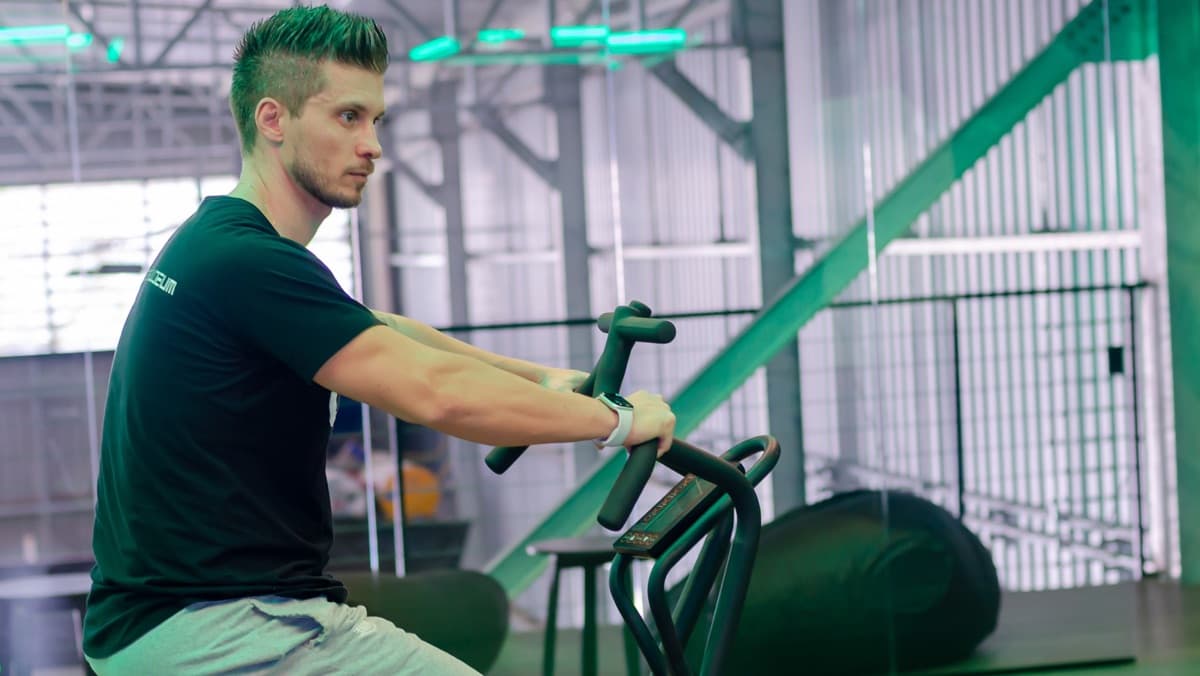Inversion therapy is a technique where you are suspended upside down to stretch the spine and relieve back pain. It is getting so popular these days and the equipment which will allow you to perform it is an Inversion table
But, if you choose any random inversion table without doing proper research, there are possibilities of injuries such as spinal injuries, cardiovascular disorders, etc. This is why it is essential to get a good quality inversion table.
What Does an Inversion Table Do for You?
Relieving Disc Problem
When you exercise on an inversion table, the inversion increases the separation between the vertebrae. This further helps in absorbing moisture inside the tissues of the disc which furthermore increases flexibility and shock absorption.
Reducing Nerve Pressure
The spinal column is made of the spinal cord which controls the communication from the brain to the rest of the body. If the disc is ever damaged it could lead to damage in the spinal cord as well. Inversion helps to increase hydration to the discs and reducing pressure on the nerve roots.
Re-aligning Spine
Misalignment of spines can lead to muscles developing inside a single area such as the shoulders or heels. These kinds of changes can be degenerated by exercising on an inversion table. When you do inversion on the table the pressure on the spines will come down to zero, further putting pressure on the vertebrae thereby realigning the spine.
Relaxing Tensed Muscles
Doing stretching helps to reduce tension in muscles and increasing circulation. When doing inversion the circulation enters the sore muscles and brings in the required blood in the lymph system thereby decreasing pain in the tensed muscles and the stiffness of the muscles would also subside.
Improving Health Of Joint
Inversion causes pressure in the joint and suction force within them, which in turn helps to stimulate synovial fluid inside them that increases shock absorption. This further helps in increasing the strength of the ligament as well.
How Many Times a Day Should You Use an Inversion Table?
The answer to this depends entirely on how long you can endure the pain and the strength of your muscles. Ideally, you should start by doing it for 1 to 2 minutes per session and then when you feel comfortable with it, the duration should be doubled.
Make sure that you focus on increasing the frequency rather than focusing on the duration. It is not about how long you invert but how often do you invert.
Over time try do invert for 3 to 5 minutes as long as your muscles relax and release. You should repeat the session for at least 10 times and then keep increasing it every week. Routinely it is recommended to invert several times in a day and the best time to do it is early in the morning and an hour before sleeping as it reliefs the body from pain and tension.
Are Inversion Tables Good for Sciatica?
Sciatica is the cause of damage in the sciatic nerve that covers the area from the lower spine to the back of the leg. The sciatic nerve is responsible for controlling the muscles inside the lower back, thighs, and back of the knees. Sometimes this sciatic nerve is damaged because of fracture, muscle strain or disc alignment.
When you exercise on an inversion table it reliefs sciatica. Start by inverting at an angle of 15 degrees and then gradually move up to 60 degrees. There are a number of inversion exercises on the inversion table for sciatica. Inversion therapy helps to change the physical dynamics by relieving your spinal compression, which helps in reducing the pressure in your back.
Can an Inversion Table Help a Bulging Disks?
Bulging disk is a result of aging and can happen to anyone after a certain age. It does not cause much pain but is not healthy either. If the space between your disks is not too much it could also lead to soreness of muscles, which could become painful over time. Inversion therapy helps to compress and contract this pain in the spinal area.
The movement on the inversion table reduces the pressure inside the vertebrae. Inversion table puts your body on a certain angle with your head looking downwards so by defying gravity, it elongates the spine and compresses muscle pain. When you work by pulling the vertebrae, it pushes the force inside the space between it and even lessens sciatic pain.
Rock backward and stay in that position for about 20 to 30 seconds and then try moving forward until you are straight. Doing these exercises daily will help to make your muscles flexible over time and help to decrease the bulge in your disk.
Will the Inversion Table Help Relieve Neck Pain?
Neck pain is caused because of tension around the neck and the muscles in the upper back. This could be because of sitting in one position for too long such as while working on your desktop or driving for long hours and sleeping in a bad posture. Exercising on an inversion table helps to reduce the tension in and around your neck and upper spine by releasing the tension that is accumulated inside the muscles in this area.
Exercising daily on the inversion table will give you instant relief from the pain around your neck. You could even combine inversion exercise with stretching exercises for 10 minutes daily.
Make sure that if you are a beginner, you start on light intensity and then push hard. Increase the duration of the exercise on a day to day basis. You can begin with a one-minute session and then increase the duration along with the angle. However, one thing that you need to keep in mind is that you do not have to stress your muscles too hard.
 Hayden Saunders
Hayden Saunders

